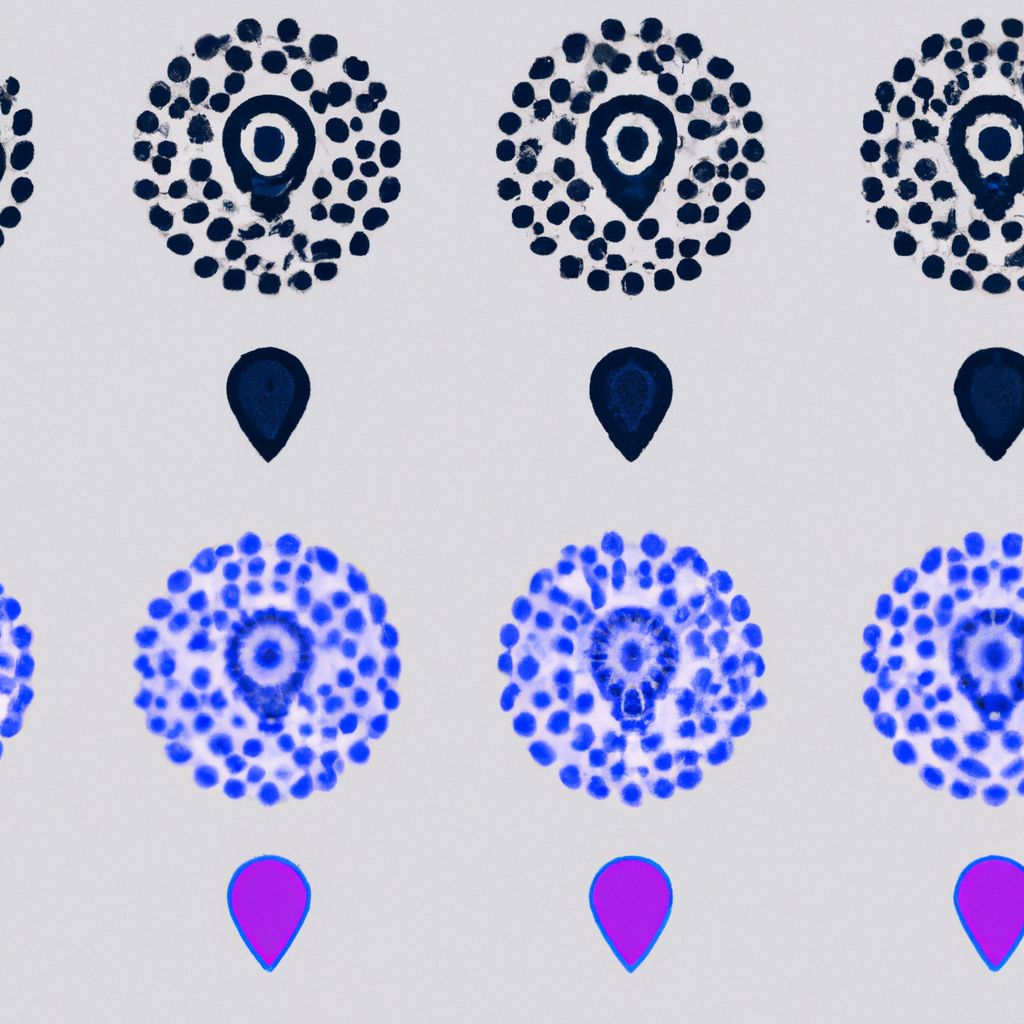What is a Network Security Audit?
A network security audit is a systematic, measurable technical assessment of an organization's network infrastructure and security controls. Unlike a penetration test, which actively tries to exploit vulnerabilities, an audit typically focuses on verifying that security policies, procedures, and technical controls are in place, configured correctly, and operating effectively according to established standards or best practices.
Think of it as a health check for your network's security. It involves reviewing configurations, analyzing traffic, examining access controls, checking patch levels, and assessing overall network architecture against security requirements, compliance mandates (like PCI DSS, HIPAA, SOX, GDPR), and internal policies. The goal is to identify gaps, weaknesses, and areas of non-compliance before they can be exploited or lead to penalties.
Why Conduct a Network Security Audit?
Regular network security audits are crucial for several reasons:
- Identify Security Gaps: Uncover vulnerabilities, misconfigurations, and policy violations that automated scanners might miss or that arise from human error or network changes.
- Validate Security Controls: Verify that firewalls, intrusion detection/prevention systems (IDPS), VPNs, access controls, and other security measures are implemented correctly and functioning as intended.
- Ensure Compliance: Demonstrate adherence to regulatory requirements, industry standards, and internal security policies. Audits provide evidence of due diligence.
- Optimize Security Posture: Identify opportunities to improve security configurations, streamline processes, and enhance overall network resilience.
- Risk Assessment: Provide a clear picture of the current security risks associated with the network infrastructure, informing risk management strategies.
- Incident Preparedness: Reviewing configurations and access logs can help identify weaknesses that could be exploited during an incident and inform incident response planning.
- Third-Party Assurance: Provide assurance to partners, customers, and insurers about the organization's security posture.
Key Areas Covered in a Network Security Audit
A comprehensive network security audit typically examines various aspects of the network:
- Network Architecture Review: Analyzing the overall network design, segmentation (VLANs, subnets), firewall placement, and traffic flow patterns for security soundness.
- Firewall Rulebase Review: Auditing firewall rules for appropriateness, necessity, accuracy, and adherence to the principle of least privilege. Identifying overly permissive rules, unused rules, or conflicting rules.
- Router and Switch Configuration Review: Checking configurations for secure settings, access control lists (ACLs), disabling unnecessary services, secure management protocols (SSH vs. Telnet), and up-to-date firmware.
- VPN and Remote Access Security: Auditing VPN configurations, authentication methods, encryption standards, and access controls for remote users.
- Wireless Network Security: Assessing Wi-Fi configurations, encryption (WPA2/WPA3), authentication methods, rogue access point detection, and guest network isolation.
- Intrusion Detection/Prevention System (IDPS) Review: Verifying sensor placement, signature/policy updates, alerting mechanisms, and logging effectiveness.
- Network Device Patch Management: Checking if routers, switches, firewalls, and other network devices have the latest security patches and firmware updates applied.
- Access Control and Authentication: Reviewing network access controls, user authentication mechanisms (RADIUS, TACACS+), password policies, and role-based access for network devices.
- Logging and Monitoring: Verifying that network devices are configured to log relevant security events and that these logs are centrally collected, monitored, and retained appropriately.
- Physical Security: Assessing the physical security of network closets, data centers, and network devices to prevent unauthorized physical access.
The Network Security Audit Process
A typical audit process involves these stages:
- Planning and Scope Definition: Defining the objectives, scope (which network segments, devices, locations), audit criteria (e.g., CIS Benchmarks, NIST guidelines, internal policy), and timeline. Gathering necessary documentation (network diagrams, policies).
- Information Gathering: Collecting configuration files, rulebases, logs, network diagrams, and interviewing relevant personnel.
- Analysis and Review: Systematically examining the collected information against the defined audit criteria. This often involves manual review combined with automated configuration analysis tools. Vulnerability scans may supplement the audit but are not the primary focus.
- Findings Documentation: Recording identified weaknesses, misconfigurations, policy violations, and compliance gaps. Each finding should be documented with evidence and assessed for risk.
- Reporting: Compiling the findings into a formal audit report, including an executive summary, detailed findings, risk analysis, and actionable recommendations for remediation.
- Remediation and Follow-up: The organization uses the report to plan and implement corrective actions. A follow-up audit or review may be conducted to verify remediation effectiveness.
Conclusion
A network security audit is a vital process for any organization serious about protecting its digital assets. It provides a deep, objective assessment of network defenses, moving beyond simple vulnerability scanning to evaluate the design, implementation, and operation of security controls against established standards. By regularly conducting thorough network security audits, organizations can proactively identify and address weaknesses, ensure compliance, and build a more resilient and secure network infrastructure.
Disclaimer: This post represents the view of the individual author that wrote it and not necessarily the view of Rarefied Inc.
Looking for professional security testing?
Based on your interest in this topic, you might benefit from our specialized security services:
